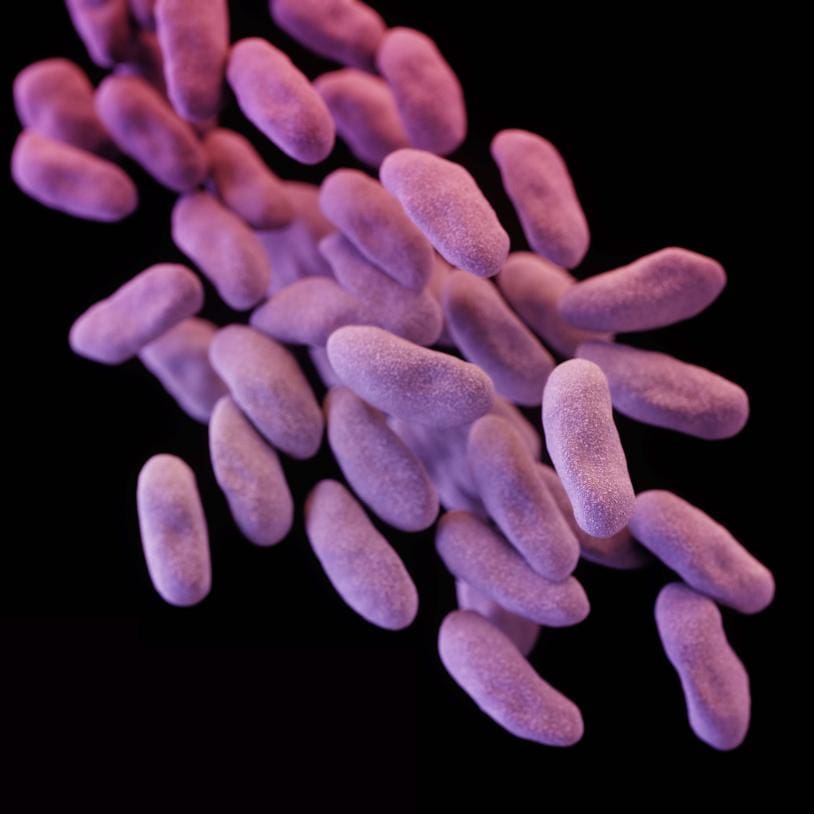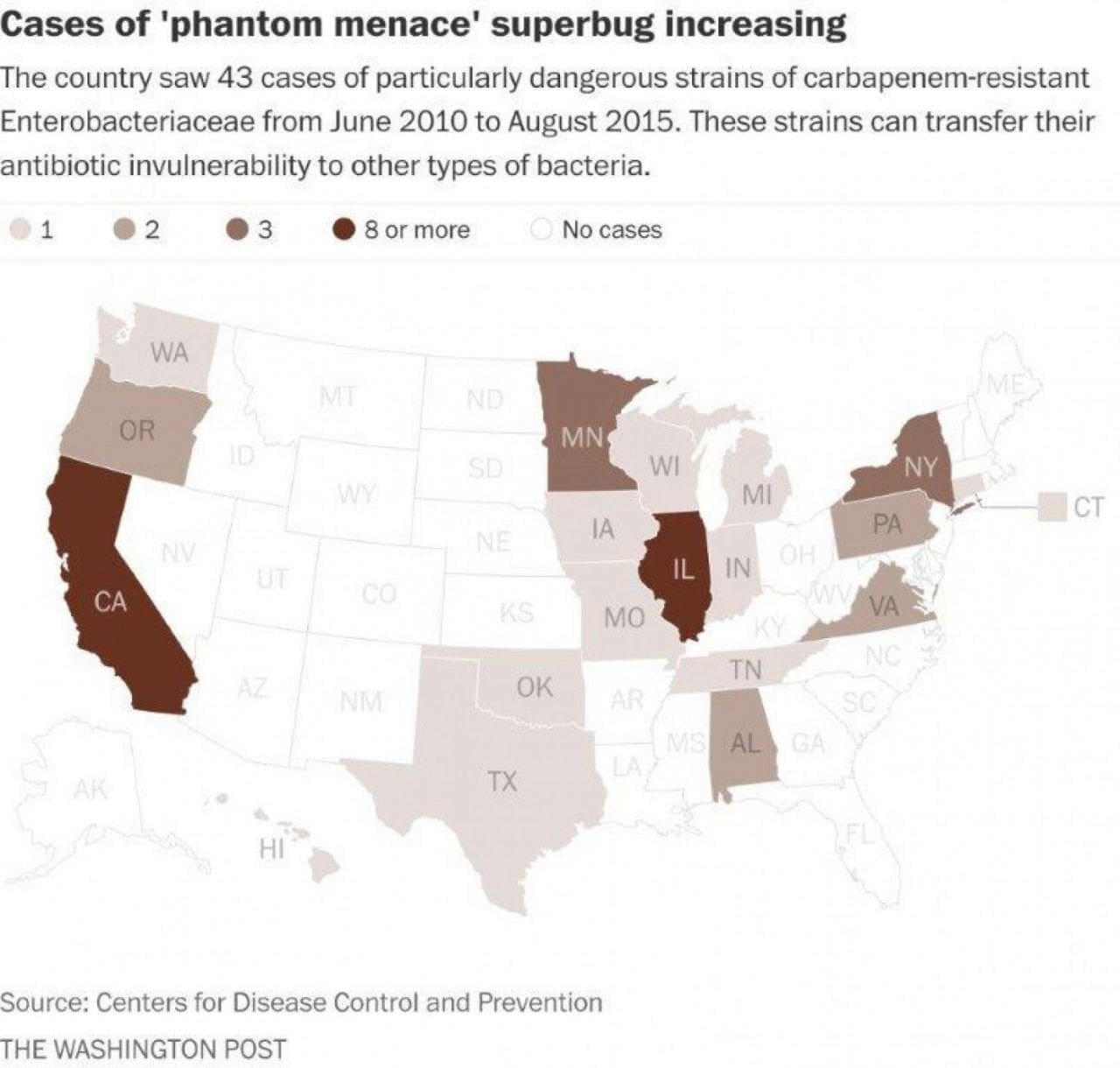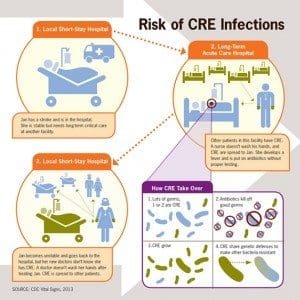Newly Identified Antibiotic-Resistant Superbug Called Our Most Urgent Public Health Threat

A particularly dangerous superbug, dubbed the "phantom menace" by scientists, is on the rise in the United States, according to a report Thursday by the Centers for Disease Control and Prevention.
This superbug's strains belong to the family of bacteria known as CRE, which are difficult to treat because they are often resistant to most antibiotics. They are often deadly, too, in some instances killing up to 50 percent of patients who become infected, according to the CDC. Health officials have called CRE among the country's most urgent public health threats.
The target of Thursday's report is relatively new. Unlike more common types of CRE, it carries a plasmid, or mobile piece of DNA, with an enzyme that breaks down antibiotics. And what makes these bacteria even more dangerous is their ability to transfer that plasmid--and that antibiotic resistance--to normal bacteria that are present in our bodies. Read the full story at the Washington Post.
With a mortality rate of up to 50% for those who are infected, this superbug is certainly something that you want to be prepared for. Ironically, good hygiene measures (frequent, thorough hand washing, etc.) can go a long way toward stemming the tide against this emerging threat as well as reduction in the overuse of antibiotics.
The infographic below shows how the "phantom menace" shares antibiotic resistance with other microbes - multiplying the damage that it can do. (source - CDC.gov)
The Mayo Clinic presents these guidelines for preventing the spread of a similar antibiotic-resistant microbe called C. difficile in hospitals, but the prevention and containment techniques are the same for the 'phantom menace' bacteria and will work no matter where you are implementing them:
- Hand-washing. Health care workers should practice good hand hygiene before and after treating each person in their care. In the event of a C. difficile outbreak, using soap and warm water is a better choice for hand hygiene, because alcohol-based hand sanitizers do not effectively destroy C. difficile spores. Visitors also should wash their hands with soap and warm water before and after leaving the room or using the bathroom.
- Contact precautions. People who are hospitalized with C. difficile have a private room or share a room with someone who has the same illness. Hospital staff and visitors wear disposable gloves and gowns while in the room.
- Thorough cleaning. In any setting, all surfaces should be carefully disinfected with a product that contains chlorine bleach. C. difficile spores can survive routine cleaning products that don't contain bleach.
- Avoid unnecessary use of antibiotics. Antibiotics are sometimes prescribed for viral illnesses that aren't helped by these drugs. Take a wait-and-see attitude with simple ailments. If you do need an antibiotic, ask your doctor to prescribe one that has a narrow range and that you take for the shortest time possible.
Related:
The Next Pandemic Could Take Out An Entire Generation




